A designer cat bed is the perfect solution for anyone who wants to combine their love of stylish living with the well-being of their pet.
Designer cat beds: Stylish oases of peace for your cat and your home
Why design and comfort go hand in hand.
A cat bed is more than just a place for your pet to sleep – it is a retreat that provides a sense of security. Many cat owners know the dilemma: how do you find a designer cat bed that not only looks good but also suits your cat’s sleeping habits? We show cat beds that combine functionality and the best lying comfort with exclusive aesthetics. These cat beds ensure that your four-legged friend accepts the cat bed and feels completely comfortable without compromising on style.
Design cat bed Rondo from pet-interiors in Bauhaus style with LeCorbusier lounger
What you should look out for when buying a designer cat bed:
Materials with style and function: High-quality materials such as felt, leather or latex not only ensure longevity and healthy lying comfort, they also fit harmoniously into a modern living concept.
Ergonomic design: Cats prefer raised sleeping areas and/or enclosed beds that give them security and peace. Look for shapes that support your cat’s natural sleeping habits. To ensure that the cat accepts the bed, the lying surface must meet ergonomic criteria, with an orthopaedic latex filling acting as a cat magnet.
Harmonious choice of colors: Natural shades such as gray, beige or soft brown look elegant and can be easily combined with different furnishing styles. Trendy colors such as red, turquoise or eggplant set stylish accents.
Sustainability and easy care: The products manufactured in Bavaria ensure a long service life. The environmentally friendly, natural materials and the removable and washable covers guarantee a hygienic environment that cats really appreciate. Covers and individual components can be reordered even years later.
The most beautiful designer cat beds for your home
Whether minimalist or luxurious – there is a suitable cat bed for every style. Here are some inspiring models:
The contemporary COCOON cat bed: perfect for modern living concepts with clean lines.
The low-noise BLOOM cuddly nest: ideal for cats who like it quiet and warm.
The raised relaxation area RONDO: minimalist shapes and natural materials for a timeless look.
Conclusion: style and comfort don’t have to be mutually exclusive
A designer cat bed is the perfect solution for anyone who wants to combine their love of stylish living with the well-being of their pet. With the right choice, you can create the perfect oasis of calm for your cat that also enriches your home. Be inspired by the stylish models on pet-interiors.com and find the perfect cat bed for your pet!
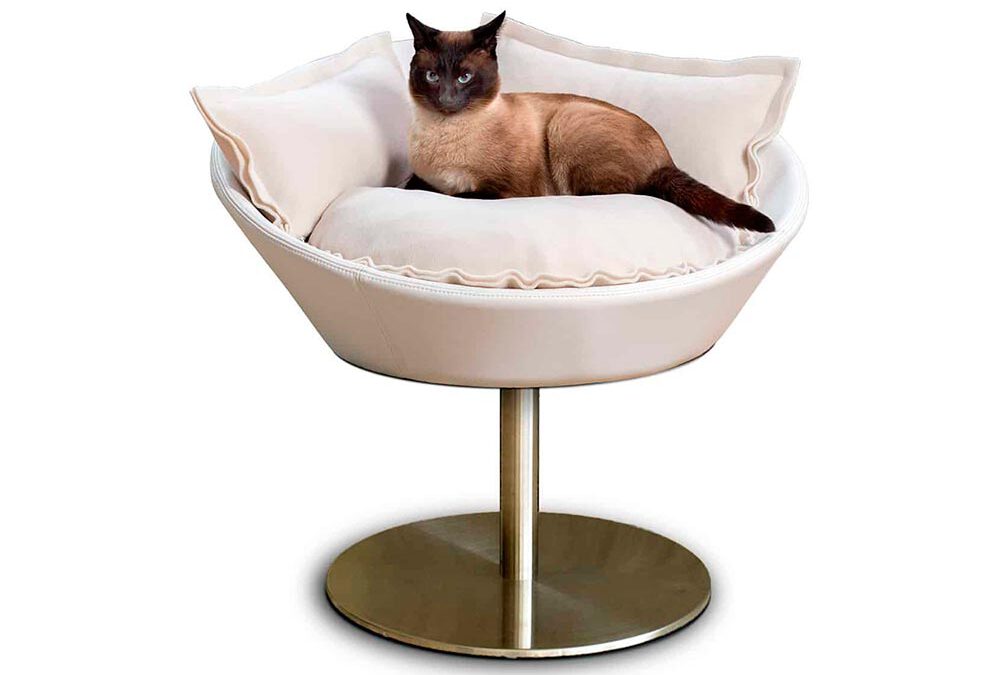
Designer cat beds: Stylish oases of peace for your cat and your home
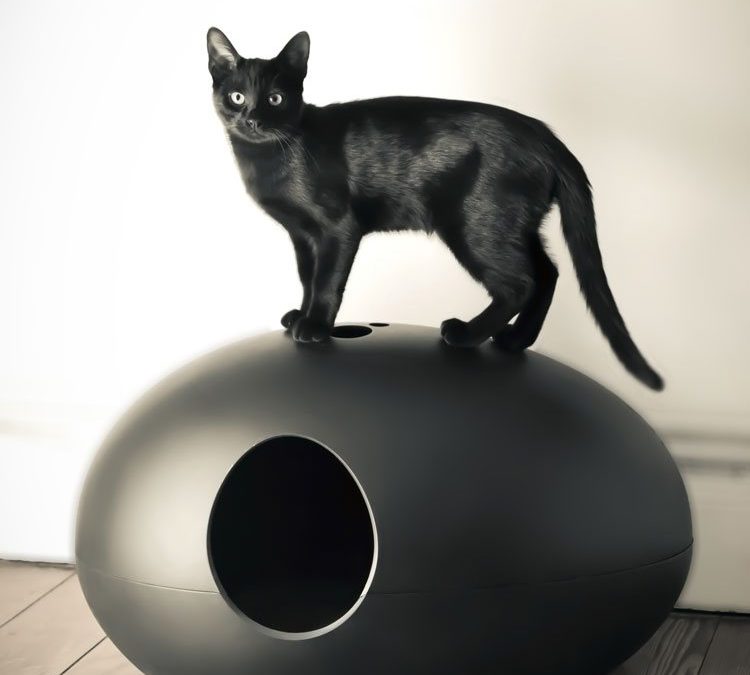
The Right Litter Box
With today’s large and diverse selection, the question arises: which is the right litter box for my cat? …
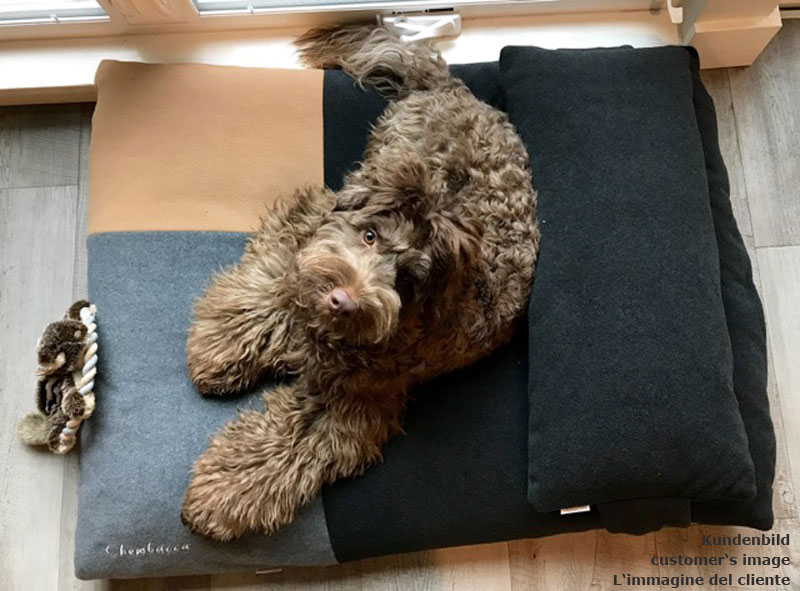
Labradoodle Chewbacca
We just received the dog bed from pet-interiors for our 14-month-old Australian Labradoodle Chewbacca…
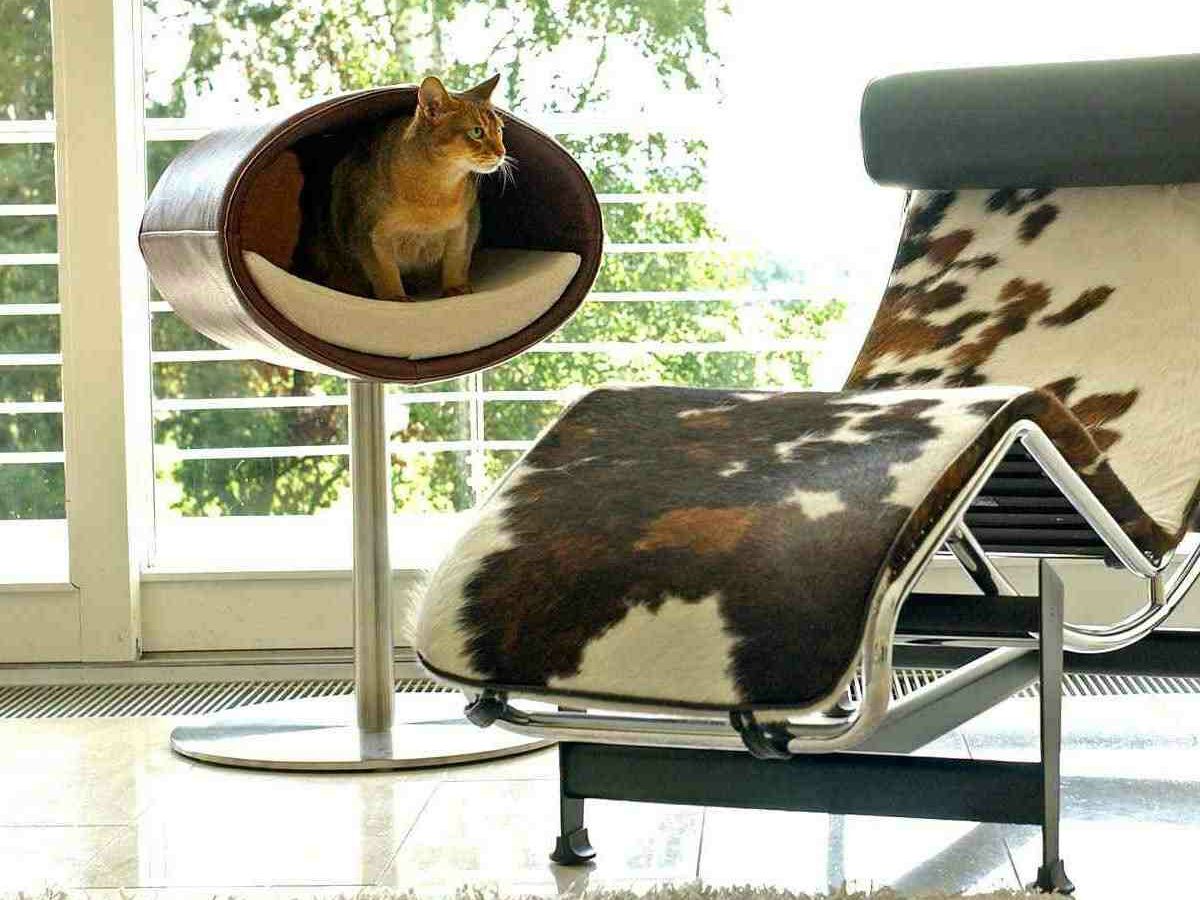
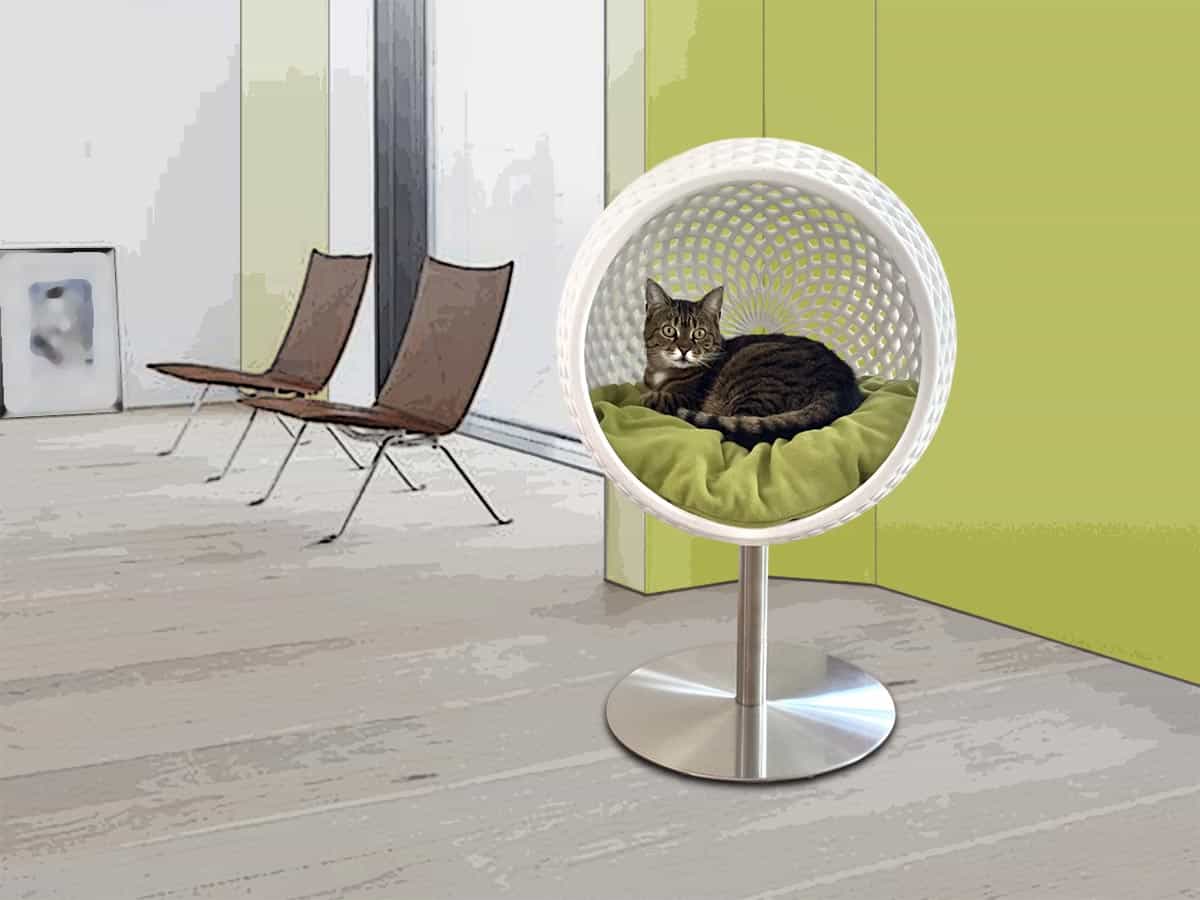
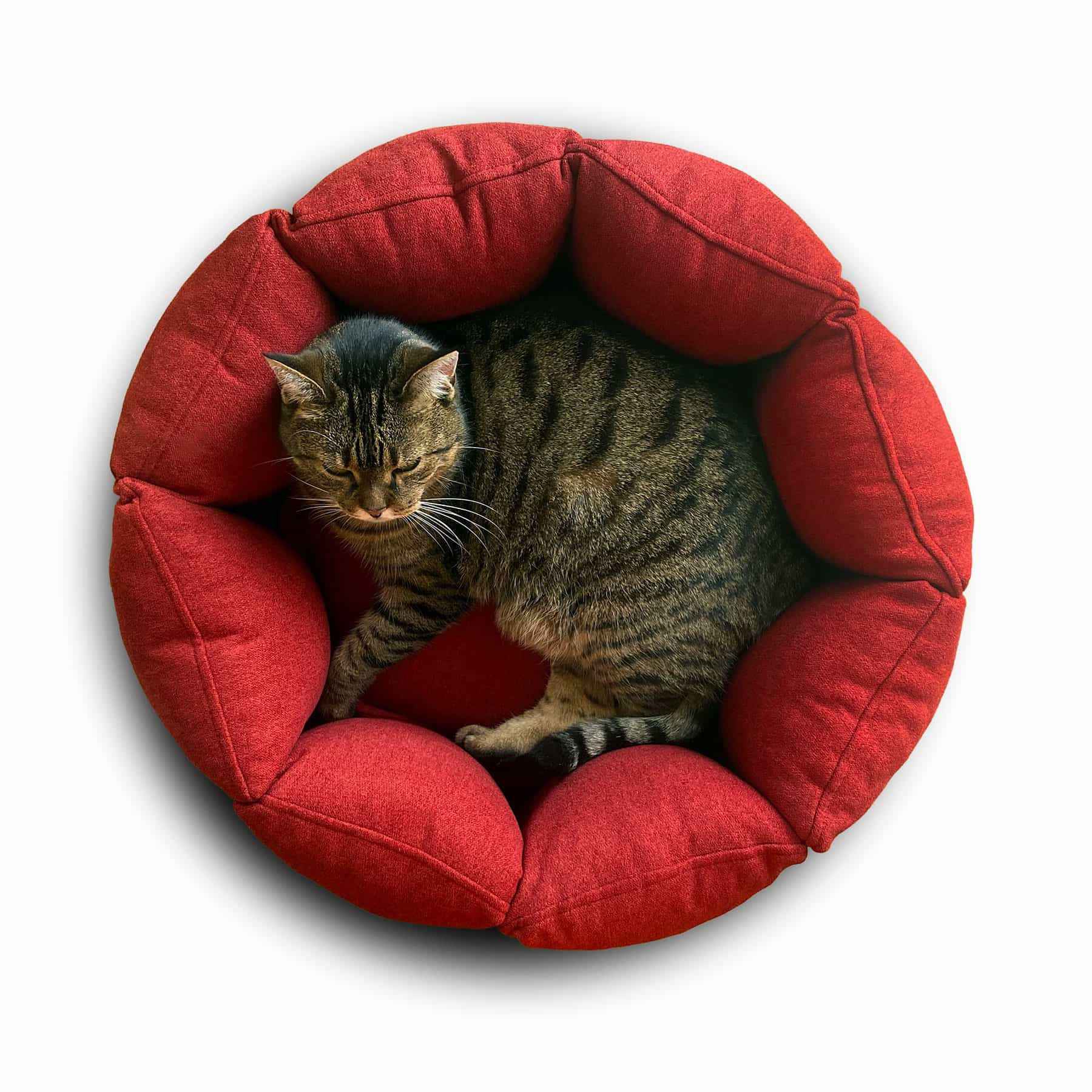
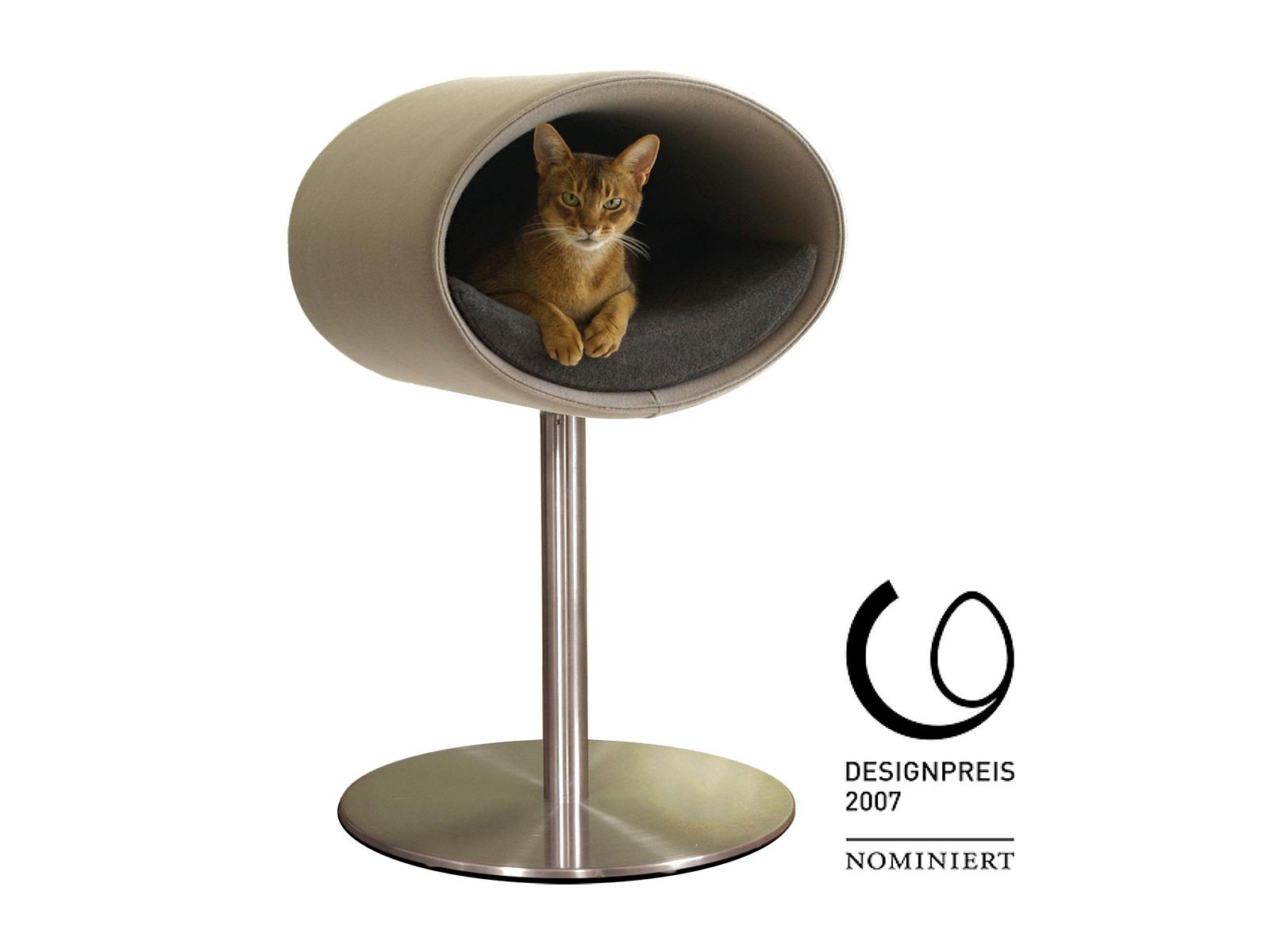




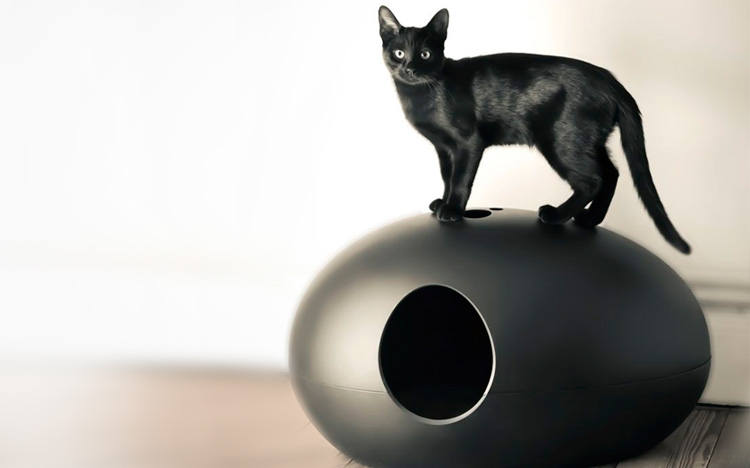
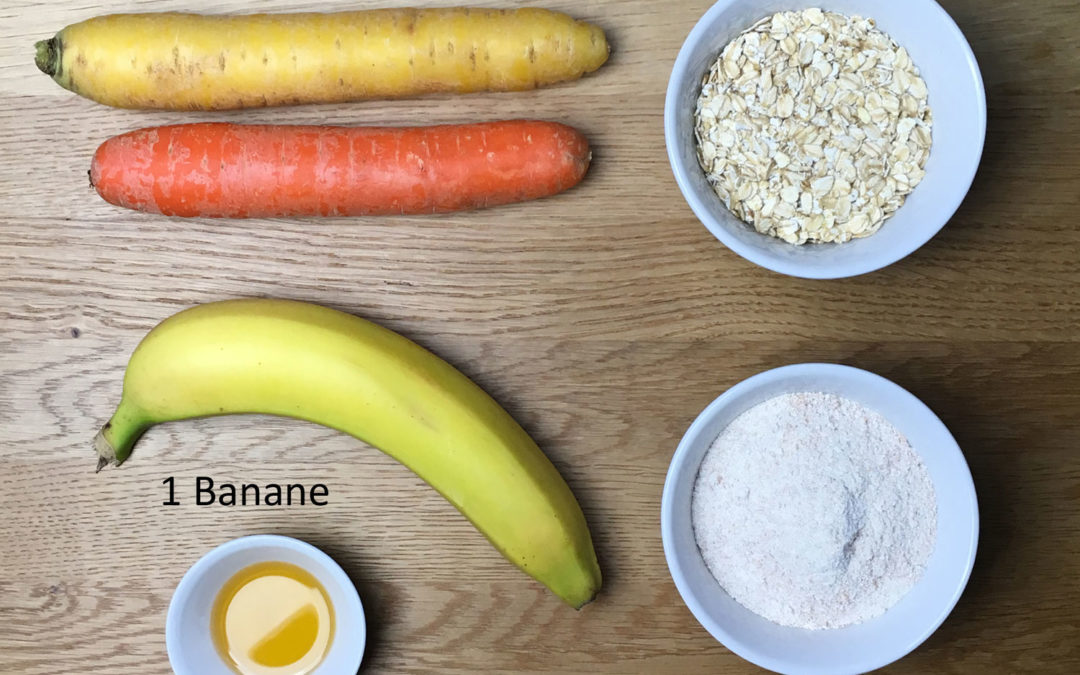
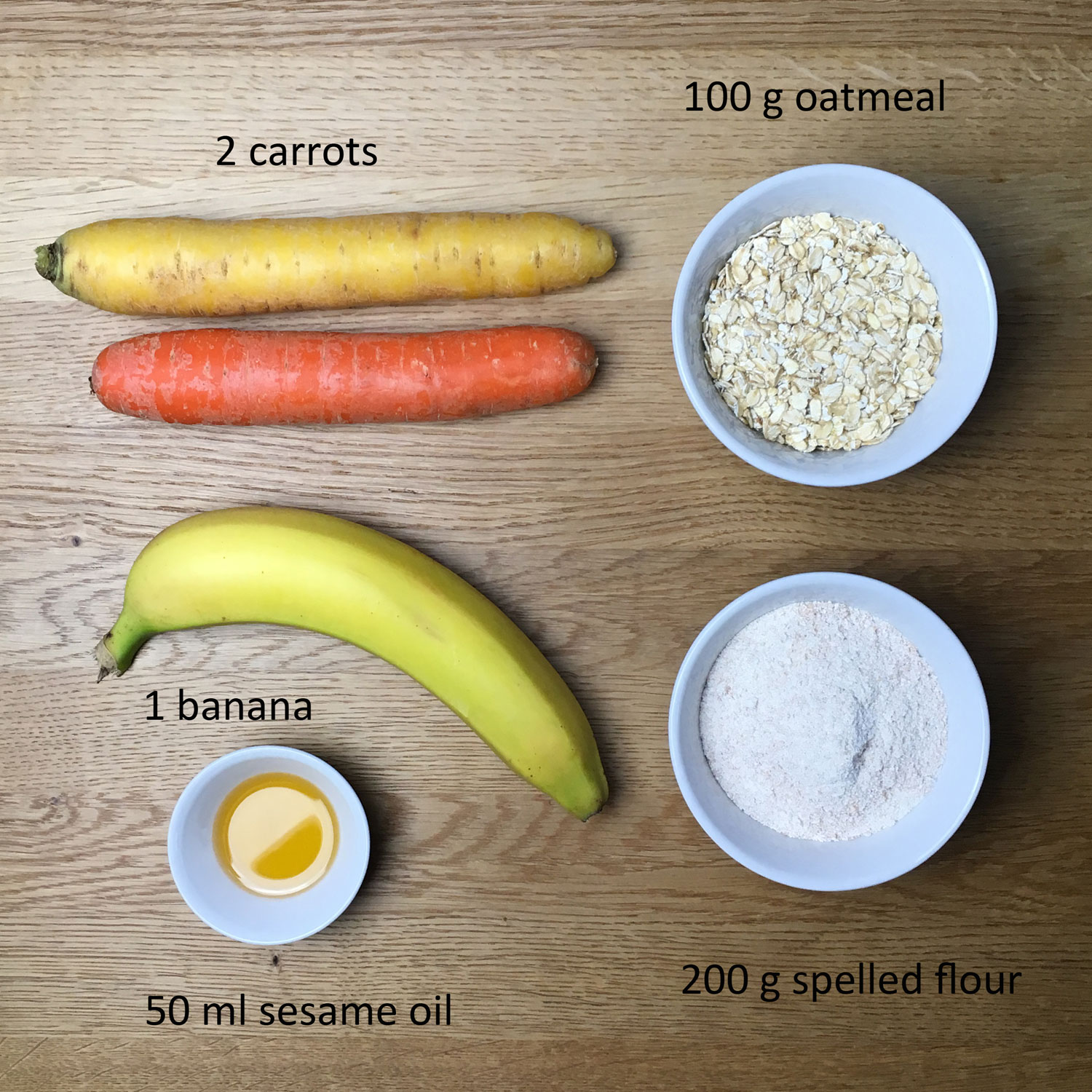
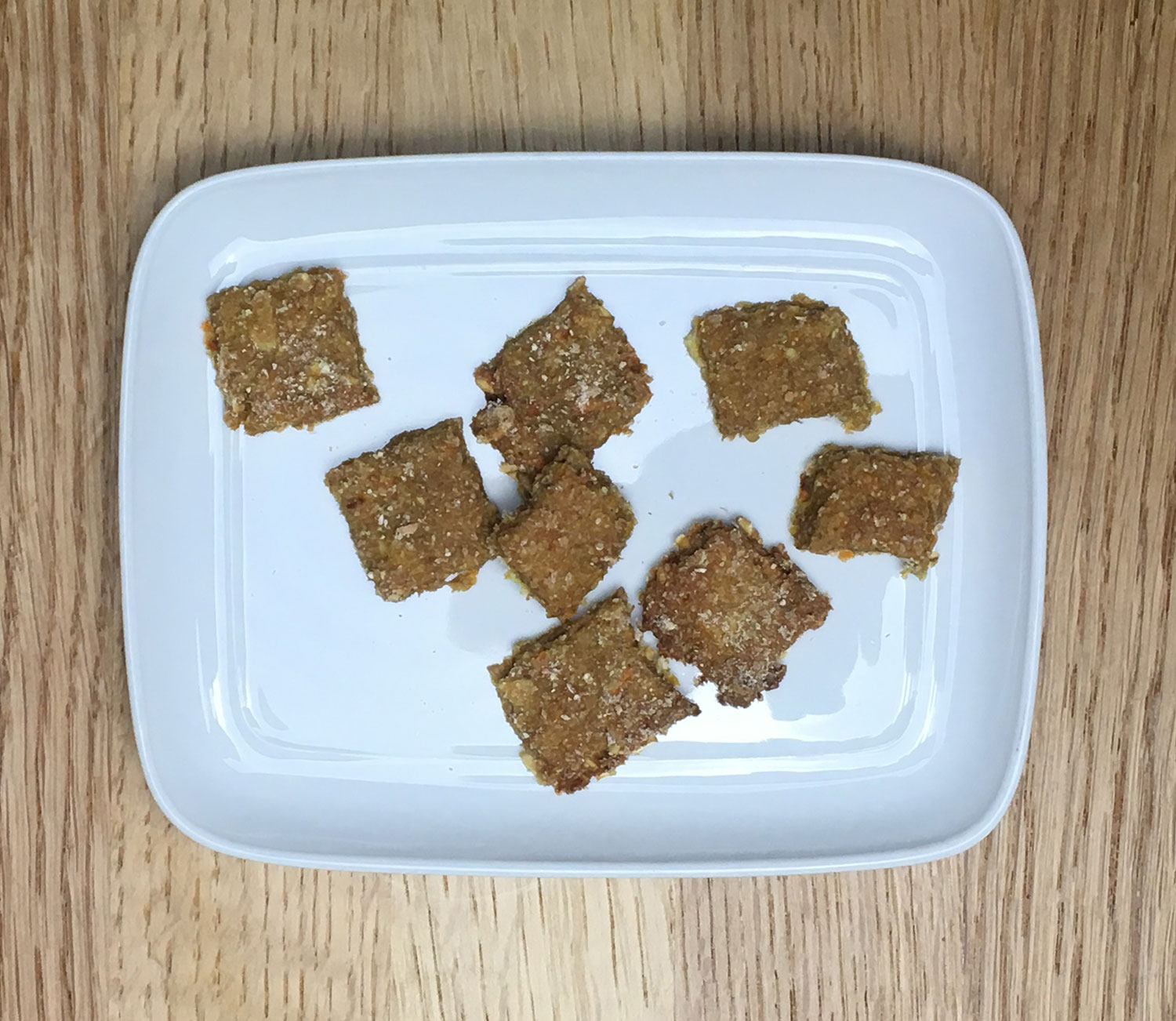
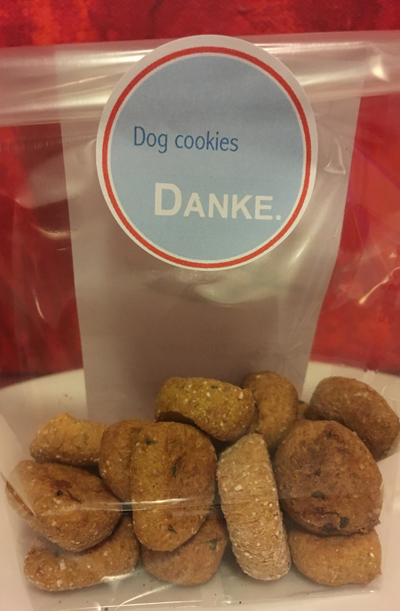
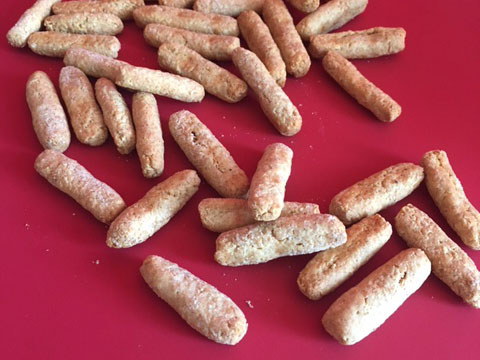


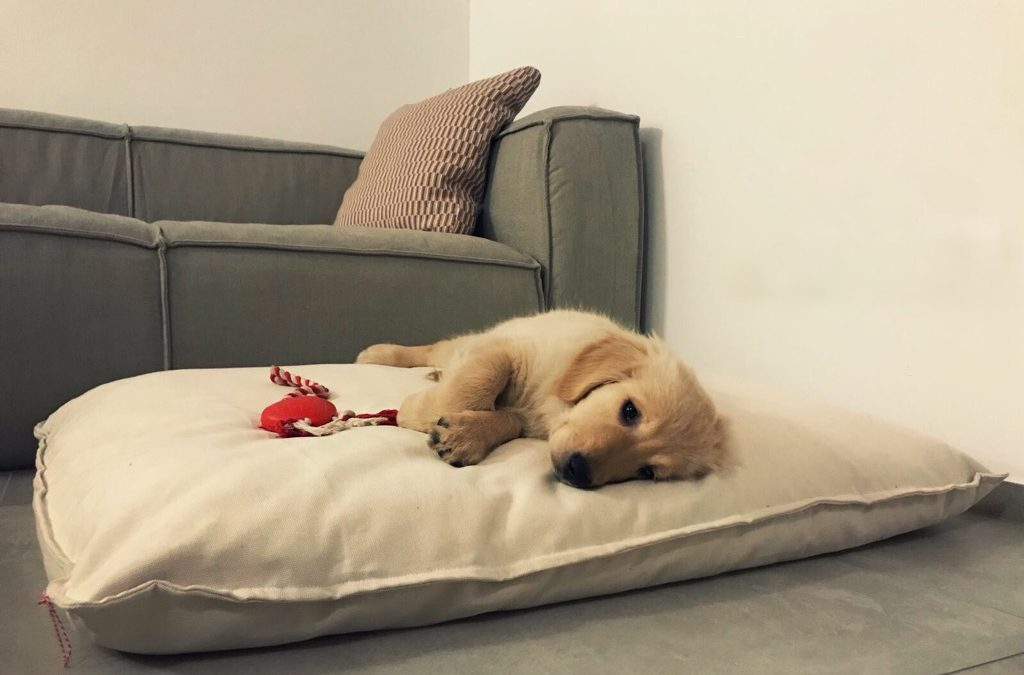
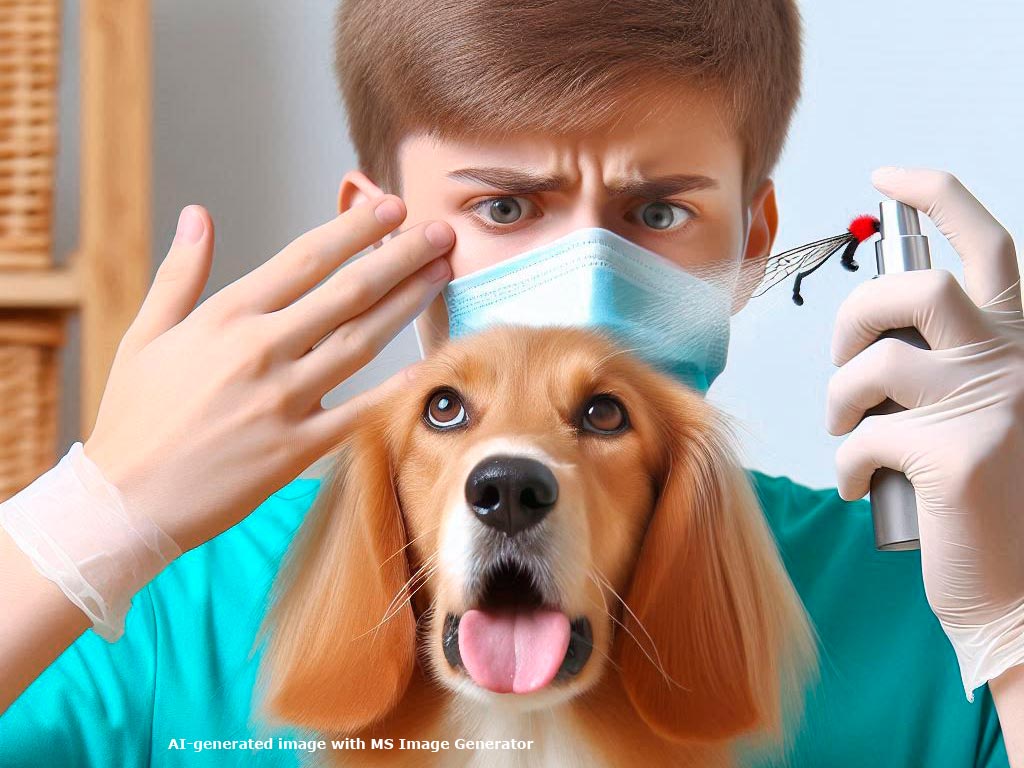
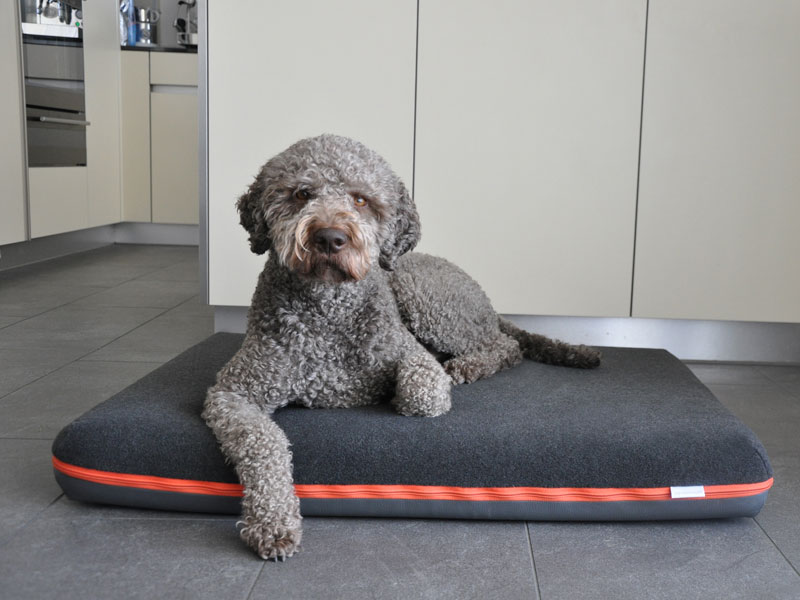 Lagotto Romagnolo Verdi
Lagotto Romagnolo Verdi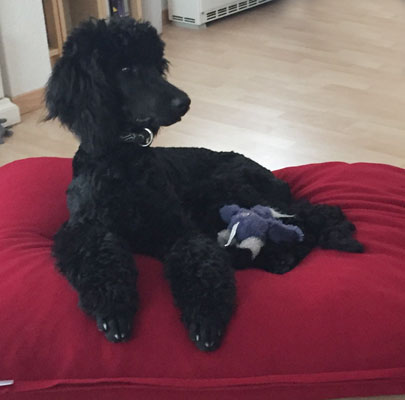
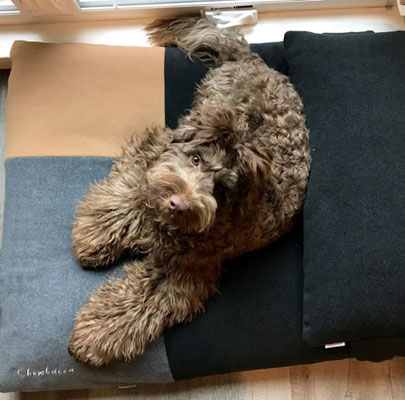
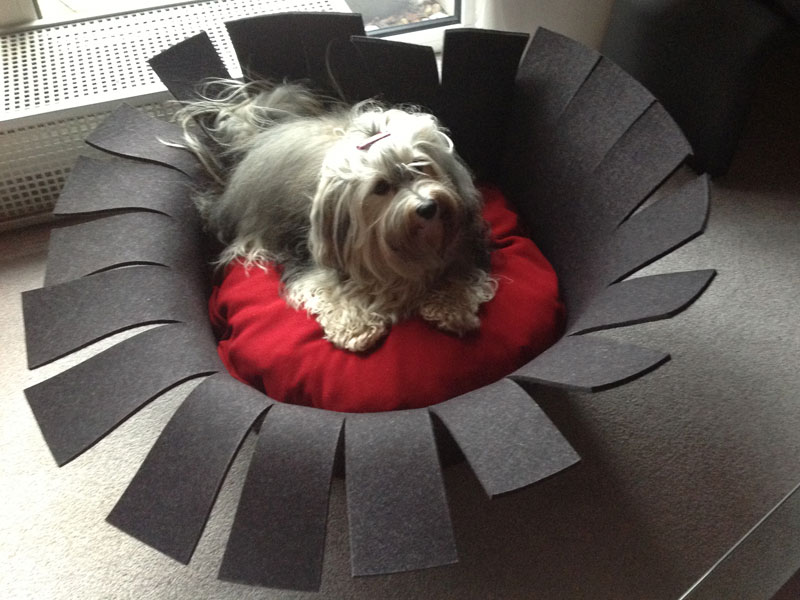
Recent Comments